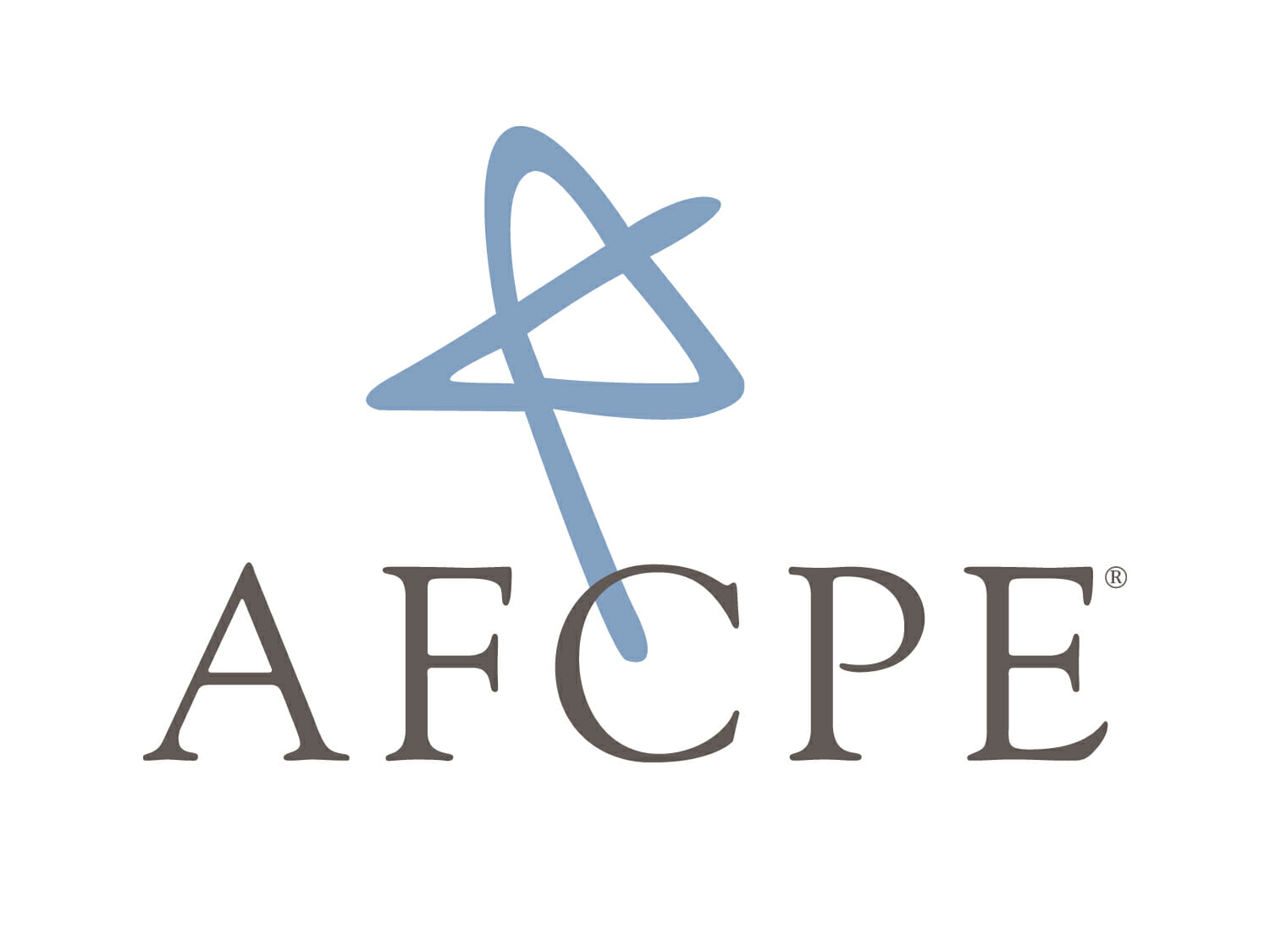“Tell me and I forget. Teach me and I remember. Involve me and I learn”
In other words, we learn the most by doing.
Up until now, most financial education has attempted to “tell” or “teach”. Even in today’s digital world, financial literacy has mostly consisted of transposing to computer screens the content of courses and books about managing money. Video tutorials are more entertaining than text and can replicate some of the experience of a physical classroom, but they are still a one-way teaching method.
Some have ventured into the world of interactive games, all the way to letting players navigate inside 3D virtual worlds. Role playing can let users manage some fictitious wealth, pretty much like the game of Monopoly. However, these games do not get you involved in managing your actual finances.
Budgeting tools like Mint or Money Desktop do connect to your actual money by reading information out of your bank accounts and credit cards. However, they remain separate from the online management access that your bank may have given you, so they duplicate some of the functions while not allowing you to actually initiate any movement of money.
I believe that the holy grail of efficient financial education is going to be smartphone apps that combine financial guidance and budgeting with the full management of your money into a single application.
GoBank is an example of bundling budgeting with full access to a payment card within a single app. It is currently limited to one single payment instrument, so it does not help you manage other bank accounts or cards, but it is a promising first step.
Smartphones and tablets will replace laptop and desktop computers very soon as the mass medium of choice to reach consumers. An application on a mobile device allows financial education to be actionable: you can move money into your savings account or suspend one of your credit cards immediately, as you receive the advice to do so.
Smartphone apps also support the most efficient way to communicate with consumers: mobile push alerts. Have you noticed that certain apps will display alerts on the home screen of your phone, even if the application is not active and running? This is because you authorized the application to send you alerts when you installed it for the first time on your phone or tablet.
Here is an example of how mobile alerts can be used by a financial guidance application linked to a credit card:
Alicia is a 24 year-old sales assistant in a department store and just got her first credit card with a $1,000 line of credit last week. She received a message on her smartphone to congratulate her when she activated the card. That message also advised her not to use the card to “consume” but only to pay for things that she already has to pay, like bills. Alas, she could not resist a trip to the electronics store over the weekend to buy one of the 42” fat screen TVs that was on sale for $499. On Monday, during her lunch break, she receives a new message on her smartphone which starts with “Alicia, you could do better than that. You have just used up half of your line of credit in one single transaction…”. When she clicks on the message, she is advised to stop using her card for the rest of the month and prepare to pay at least 70% of the card balance when the bill will come at the end of the month. The application also offers her the option to avoid further temptation by putting her card on hold until the end of the month.
The mobile application described above does not exist yet. But all the components required to build it are available today; so expect to see very soon the advent of just-in-time, actionable financial guidance delivered to consumers through their mobile devices.
Patrice Peyret is the co-founder and CEO of Banking Up, an online and mobile financial services company, providing businesses, banks and their consumers with smart, technology-forward personal finance products. Banking Up’s vision is that everyone deserves good everyday banking services no matter their level of income, age, education and bankability. AFCPE Executive Director met Patrice at the Clinton Global Initiative (CGI) this past June and invited him to share his vision with our readers.

Leave a Reply